Shoppers planning to buy a new Volkswagen in 2026 will need to dig deeper into their wallets. Thanks to new tariffs on European imports, several models from the German automaker are about to get noticeably more expensive compared to their 2025 versions.
Industry reports show that certain 2026 Volkswagen models will cost nearly 7 percent more, a jump that translates into thousands of extra dollars for buyers. Even models built outside Germany will not escape price hikes, as tariffs on imported parts like engines and transmissions are driving costs higher across the board.
Why Are Prices Going Up?
The main reason for the increase is the 15 percent tariff on German imports that was put into place by the Trump Administration earlier this year. Automakers are now passing those costs directly to customers.
Volkswagen, which imports many of its popular cars from Germany, is one of the hardest hit. The new tariffs don’t just cover finished cars but also the individual parts,such as transmissions and engines,that are assembled into cars at North American plants. As a result, even Volkswagen models made in Mexico or Tennessee are seeing increases of 3 to 4 percent.
How Much More Will Buyers Pay?
Here’s a breakdown of some key price changes for 2026 compared to 2025:
- Jetta: The base S trim now starts at $25,270, up $1,050 from last year.
- Taos: The front-wheel-drive model begins at $27,975, a $1,055 increase.
- Atlas SE FWD: Now priced at $40,785, about 3 percent higher than 2025.
- Atlas Cross Sport FWD: Starts at $39,775, also up around 3 percent.
- Golf GTI: Imported directly from Germany, now $35,865, a 6.5 percent jump.
- Golf R: At $50,730, it rises nearly 5 percent from the 2025 version.
It’s worth noting that the destination fee, the mandatory charge added to every vehicle purchase for shipping from the factory to dealerships, has also increased by $50. That means:
- The Jetta and both Golf models now carry a $1,275 destination charge.
- The Taos, Atlas, and Atlas Cross Sport each have a $1,475 destination charge.
When you add these fees to the MSRP, the final cost climbs even higher than the headline numbers suggest.
What About Other Brands?
Volkswagen’s sister company, Audi, is also increasing prices on U.S. models for the 2026 model year. Audi vehicles will see an average hike of 3.7 percent, which could add as much as $4,700 to the sticker price compared with 2025 versions.
Which Cars Are Hit the Hardest?
The sharpest increases are felt by cars that must be imported directly from Germany. The Golf GTI takes the biggest hit with a 6.5 percent jump, while the Golf R follows with nearly 5 percent.
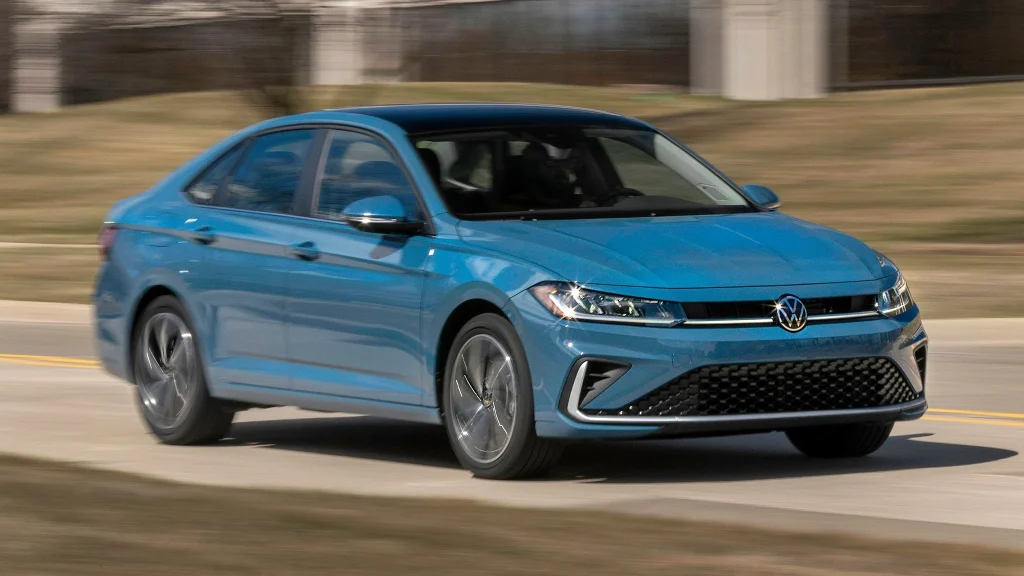
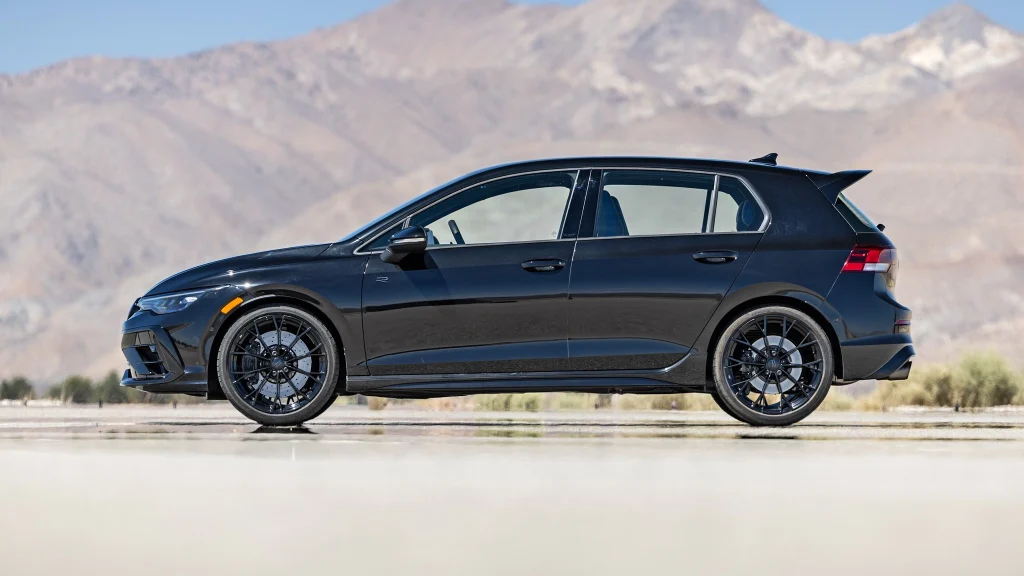
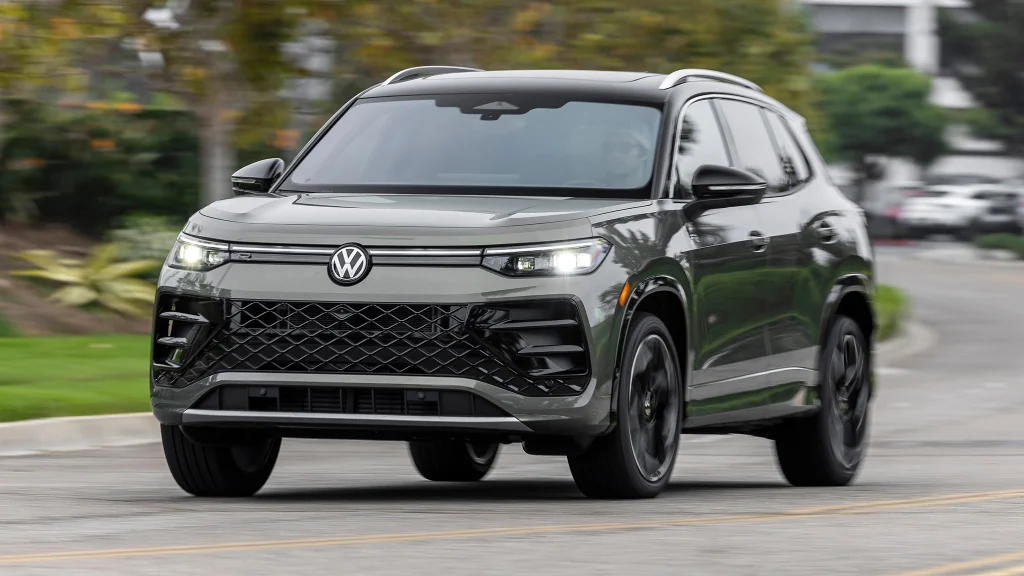
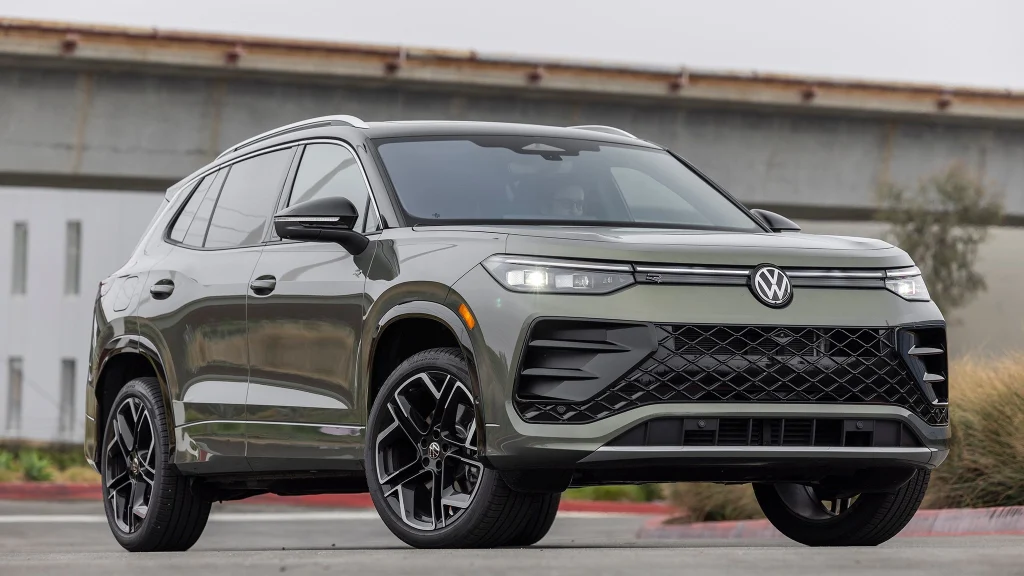
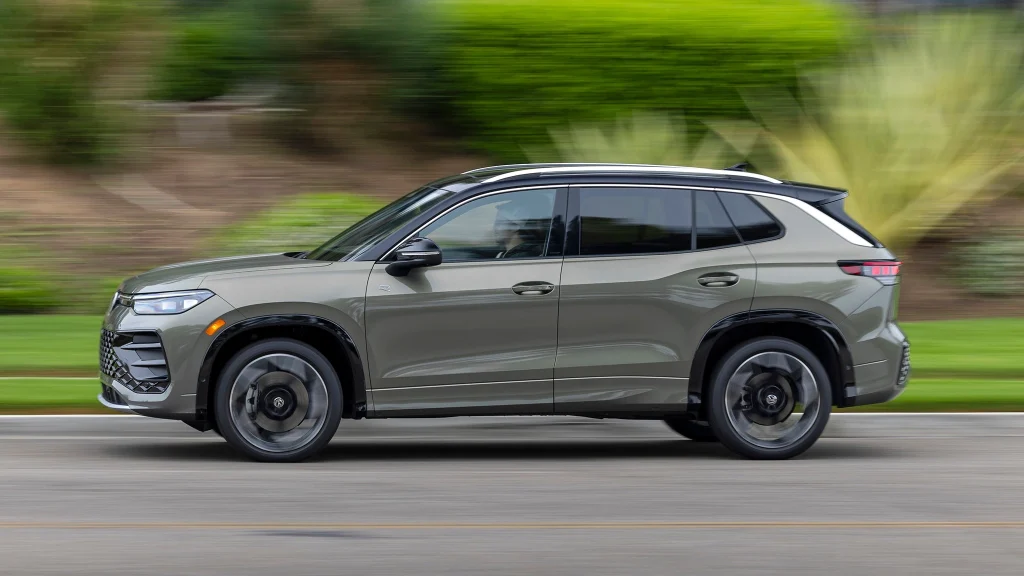
Models built in North America,like the Taos, Jetta, and Atlas,see smaller increases of around 3 to 4 percent, but they aren’t immune. Even when a car is assembled in the U.S. or Mexico, imported engines and other parts still fall under the new tariffs. For more photos
What About the Tiguan?
Volkswagen’s best-selling SUV, the Tiguan, hasn’t had its 2026 price officially announced yet. Since it is also built in Mexico, experts expect its increase to be closer to the 3 to 4 percent range rather than the full 7 percent seen in German imports. Still, buyers should brace for a higher sticker price when details are released.
What This Means for Buyers
For car shoppers, these increases come at a time when affordability is already stretched thin by higher interest rates and rising insurance costs. A few thousand dollars more on the price tag could be the deciding factor for families considering a new car.
If you plan to purchase a Volkswagen in the near future, experts recommend comparing the 2025 and 2026 models carefully. In some cases, dealerships may offer leftover 2025 inventory at better prices than the newly released 2026 lineup.
The Bottom Line
Tariffs on imported vehicles and parts are having a direct impact on car prices in the United States. For Volkswagen and Audi buyers, the result is clear: expect to pay more for 2026 models, whether the car is built in Germany, Mexico, or Tennessee.
While some models are climbing by just a few hundred dollars, others are rising by several thousand, making the 2026 car-buying season more expensive than ever.
FAQs
Why are car prices going up in 2026?
Car prices are rising mainly because of tariffs, which are extra taxes placed on imported cars and parts. When it costs more to bring these vehicles or parts into the U.S., carmakers pass that added expense on to buyers. This is why the sticker price for many 2026 models is higher than last year.
How much more will cars cost compared to 2025?
n average, many new cars will cost 3% to 7% more than they did in 2025. For some models, that means paying hundreds of dollars extra, while others, especially those imported from Europe, could be thousands of dollars more.
Will SUVs and trucks also get more expensive?
Yes. It’s not just sedans or small cars. SUVs and even larger family vehicles are also seeing price hikes. The increase might be smaller for models built in North America, but most are still going up a few percent because many parts are imported.
Do tariffs affect cars made in the U.S.?
Even vehicles built in the U.S. can still cost more because many key parts—like engines or transmissions—are imported. If those parts have tariffs, the overall price of the finished car goes up.
How much extra will I pay in fees?
Along with the higher price tag, the shipping fee (called a destination charge) has gone up by $50. Depending on the car, this fee can now be between $1,275 and $1,475, added on top of the MSRP.
Which cars are hit with the biggest price jumps?
Models that are fully imported from Europe usually see the biggest increases, often around 5–7%. Cars built in Mexico or the U.S. are going up too, but the increases are closer to 3–4%.
Will used cars also go up in price?
It’s possible. When new cars become more expensive, more people turn to the used car market. This added demand can push up prices for used cars as well, though the exact effect depends on supply in your area.
Is it better to buy a 2025 car instead of a 2026?
If you can find a 2025 model still available, you may save money since those prices are lower. Dealers often discount leftover inventory to make room for newer models, so it’s worth checking before committing to a 2026 vehicle.
Why do some cars only go up a little while others go up a lot?
The difference depends on where the car is made and which parts it uses. Cars built in North America with fewer imported parts see smaller increases, while those fully imported from Europe see the largest jumps.
Will these prices keep rising in the future?
It depends on whether tariffs stay in place or change. If tariffs are raised higher, cars could get even more expensive. If they are lowered or removed, prices may stabilize or even drop a little.
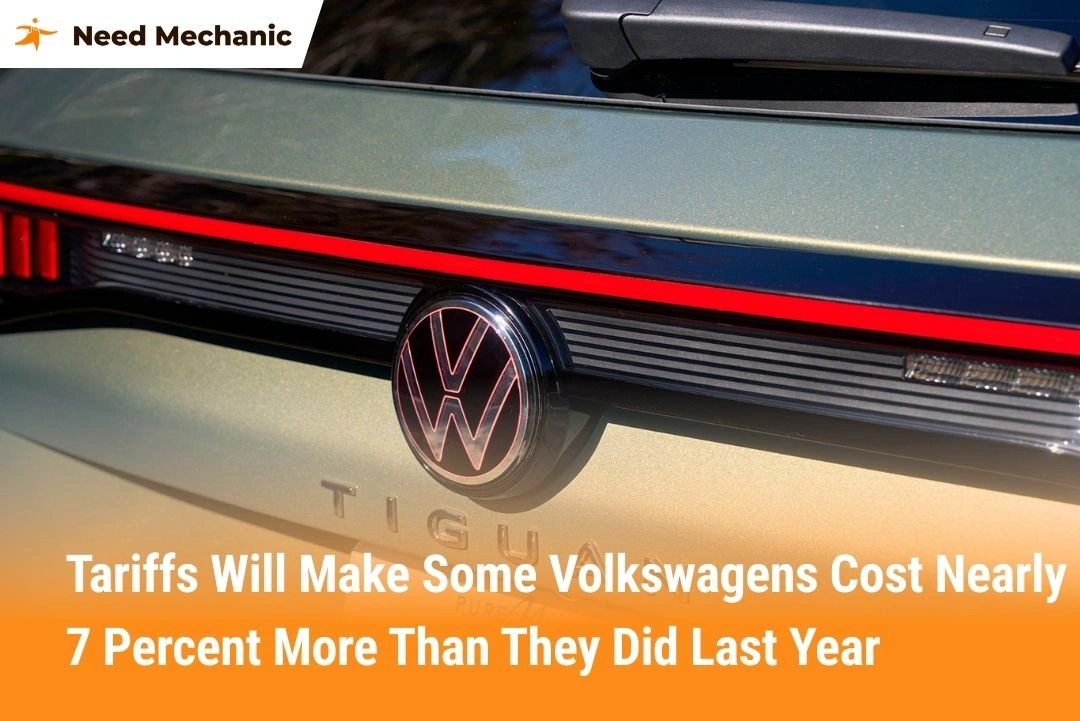



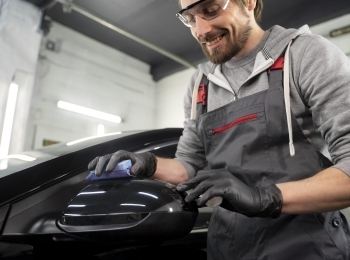

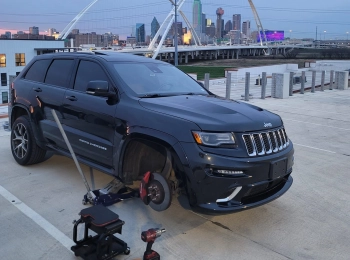

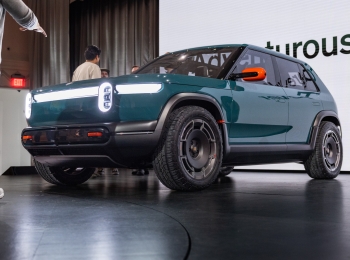



Leave a Reply